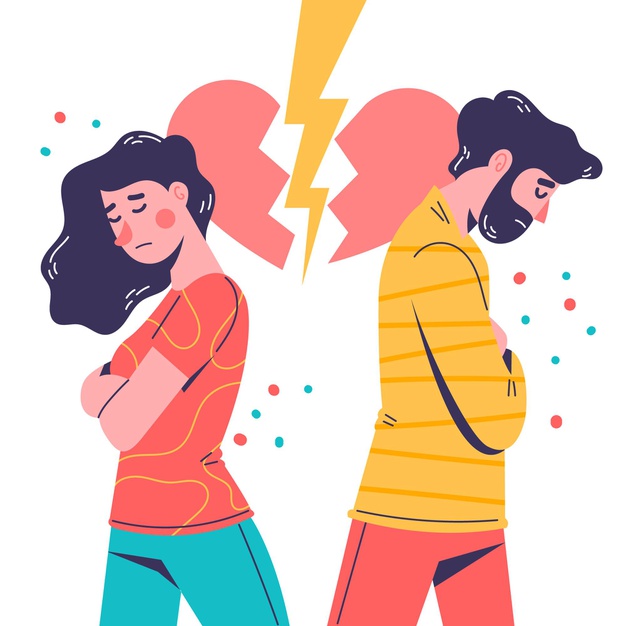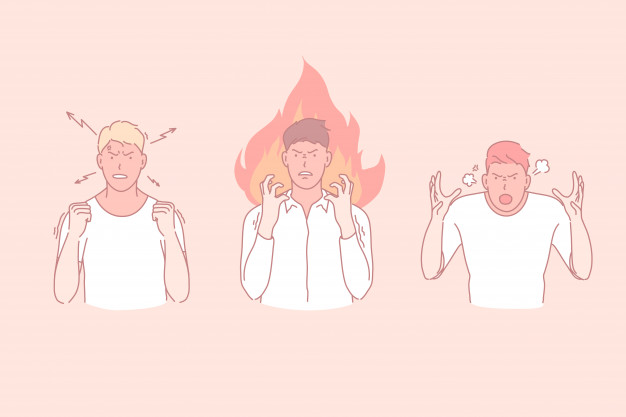
For the longest time, anger has been known as the bully. It’s gotten a pretty bad reputation. If it were a student sitting in a classroom, it would be the guy who is sitting in the back of the room that no one wants to mess with.
Most of us have been taught that we should feel bad when we get angry. We’ve been told by our parents that only they should be the ones to get angry – that we really shouldn’t get angry at them. We’ve been chastised by the school principal that anger is a sign of weakness. We might have even lost our jobs because we ‘flew off the handle’. Anger has received a pretty one-sided treatment, and because of that, we are less 3-dimensional characters in our own stories.
Anger is important. Anger can be healthy. Anger can also be necessary. Like most things though, anger needs a context. Otherwise, anger could just be an overreaction to things in our environment. It could turn us into control-freaks. It could make some into abusers. It can lull us into a false sense of being in control of our environment
Without the right outlet, anger has the potential to be downright volatile. That’s the key to understanding how anger can be healing; we desperately need to understand it not as a universal concept, but as one that needs a context.
In the recalibration theory of anger, anger does not only exist as an emotional response to our needs or fears but it also exists as a way to build community. In the field of evolutionary psychology, the argument is that anger exists because we also expect others to take our anger seriously and value its expression in an empathetic way.
The recalibration theory of anger is a computational-evolutionary model that maintains that the function of anger is to recalibrate individuals who place insufficient weight on the welfare of the angry individual when making decisions, i.e. anger raises the target’s welfare tradeoff ratio (WTR).
Science Direct

The Welfare Tradeoff Ratio (WTR) is triggered when someone is angry and they think their anger is not being valued. The same ratio can be triggered when someone values the anger of the one who is angry. It’s an internal strategy we all use to determine whether or not we are valued by someone else above and beyond their own welfare.
This is extremely difficult to do – mainly because we have been taught to react to someone else’s anger as a direct threat to either our own wellbeing or set of beliefs. We quickly reply in fight or flight mode. So, we have to weigh the options and see if the trade-off of giving up our feeling of being threatened for the wellbeing of another is ultimately worth it.
However, the argument in recalibration theory is that it is always worth it.
Think about this socially (as well as personally), if we all came from a stance of compassion and empathy and learned the art of listening and valuing the opinions of others, sometimes over our own, our society would be less acerbic and much more driven to connect. Connection has been shown to help us live longer. It’s the antidote to illness. It’s the strategy for relational de-escalation and can end up helping people to experience longer-term happiness.
Most of the time though, we tend to be committed to our interpretations of the behaviors of others, mainly because it makes us right – even when we’re wrong. We have to begin to change the stories we tell ourselves about others, one way out of such an unhelpful habit is understanding that valuing someone’s experience of anger might be a really great step toward progress.

